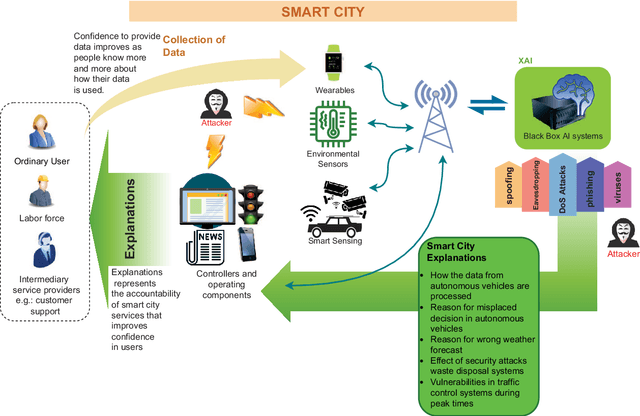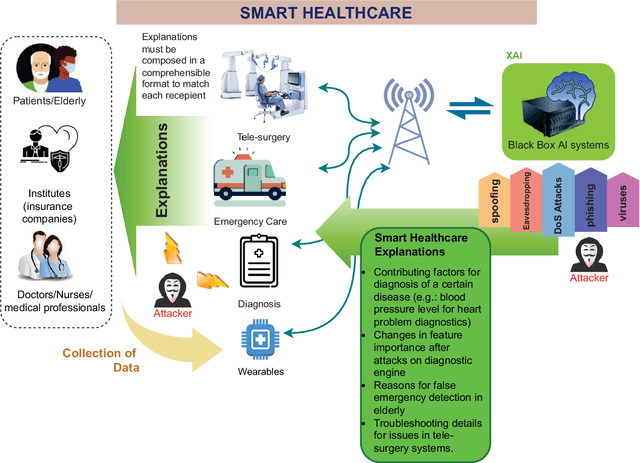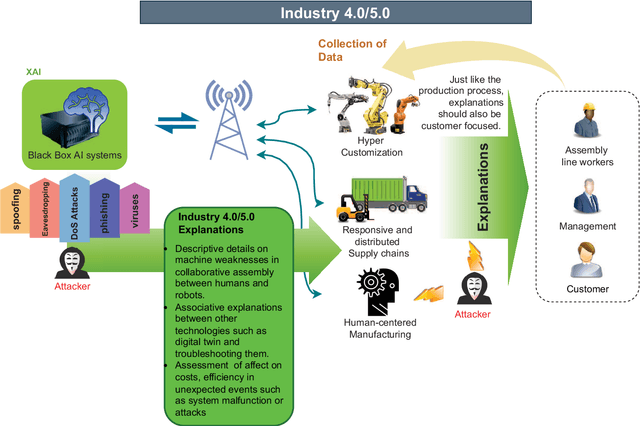Bartlomiej Siniarski
Need of 6G for the Metaverse Realization
Dec 28, 2022Abstract:The concept of the Metaverse aims to bring a fully-fledged extended reality environment to provide next generation applications and services. Development of the Metaverse is backed by many technologies, including, 5G, artificial intelligence, edge computing and extended reality. The advent of 6G is envisaged to mark a significant milestone in the development of the Metaverse, facilitating near-zero-latency, a plethora of new services and upgraded real-world infrastructure. This paper establishes the advantages of providing the Metaverse services over 6G along with an overview of the demanded technical requirements. The paper provides an insight to the concepts of the Metaverse and the envisaged technical capabilities of 6G mobile networks. Then, the technical aspects covering 6G for the development of the Metaverse, ranging from validating digital assets, interoperability, and efficient user interaction in the Metaverse to related security and privacy aspects are elaborated. Subsequently, the role of 6G technologies towards enabling the Metaverse, including artificial intelligence, blockchain, open radio access networks, edge computing, cloudification and internet of everything. The paper also presents 6G integration challenges and outlines ongoing projects towards developing the Metaverse technologies to facilitate the Metaverse applications and services.
A Survey on XAI for Beyond 5G Security: Technical Aspects, Use Cases, Challenges and Research Directions
Apr 27, 2022



Abstract:With the advent of 5G commercialization, the need for more reliable, faster, and intelligent telecommunication systems are envisaged for the next generation beyond 5G (B5G) radio access technologies. Artificial Intelligence (AI) and Machine Learning (ML) are not just immensely popular in the service layer applications but also have been proposed as essential enablers in many aspects of B5G networks, from IoT devices and edge computing to cloud-based infrastructures. However, most of the existing surveys in B5G security focus on the performance of AI/ML models and their accuracy, but they often overlook the accountability and trustworthiness of the models' decisions. Explainable AI (XAI) methods are promising techniques that would allow system developers to identify the internal workings of AI/ML black-box models. The goal of using XAI in the security domain of B5G is to allow the decision-making processes of the security of systems to be transparent and comprehensible to stakeholders making the systems accountable for automated actions. In every facet of the forthcoming B5G era, including B5G technologies such as RAN, zero-touch network management, E2E slicing, this survey emphasizes the role of XAI in them and the use cases that the general users would ultimately enjoy. Furthermore, we presented the lessons learned from recent efforts and future research directions on top of the currently conducted projects involving XAI.
 Add to Chrome
Add to Chrome Add to Firefox
Add to Firefox Add to Edge
Add to Edge